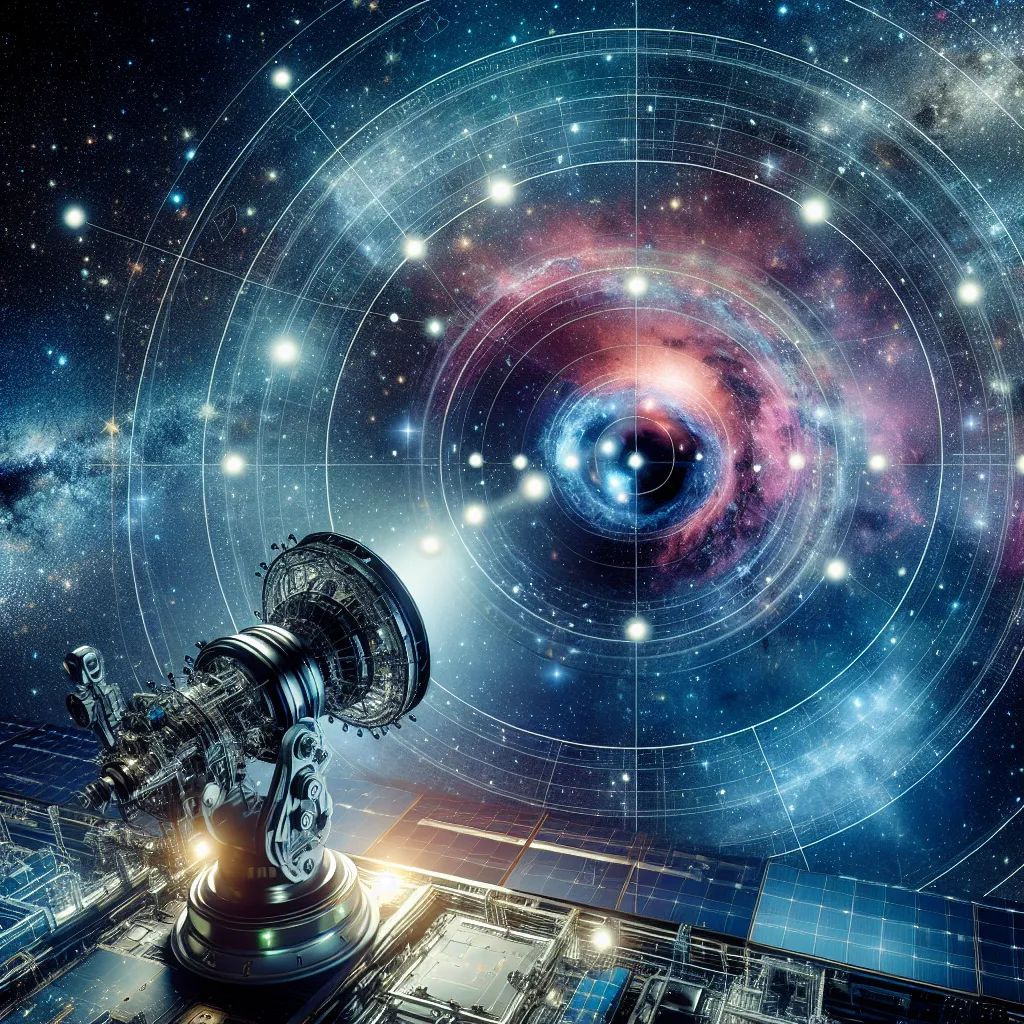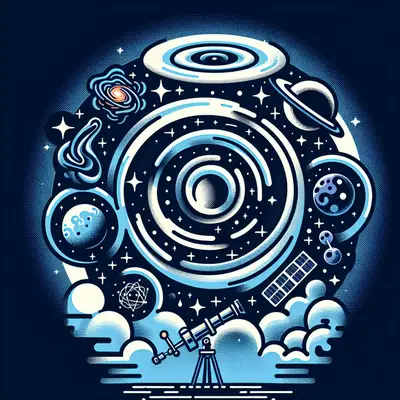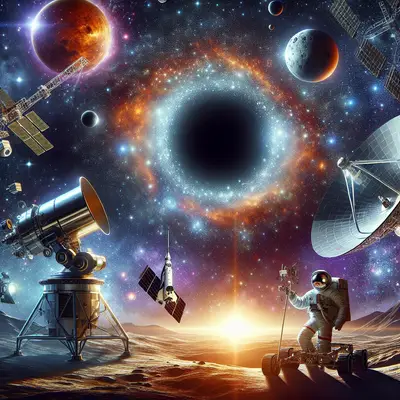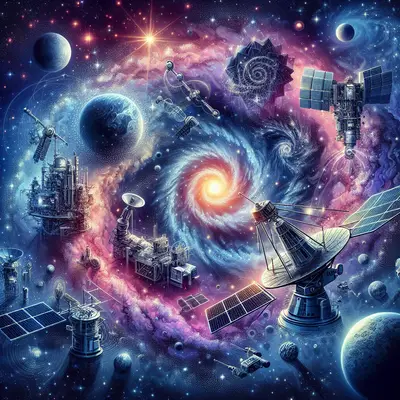Cosmic Tsunami
Space is not as quiet as you might think. In 2013, NASA's Chandra X-Ray Observatory uncovered colossal waves of hot gas, dubbed "cosmic tsunamis," in the Perseus galaxy cluster. These waves, caused by a small galaxy cluster grazing Perseus, are larger than our Milky Way and have the power to reshape the entire galaxy cluster. This discovery has provided new insights into the mysterious dark matter that forms the cosmic web.
Planetary Diamond Rain
Imagine a rain of sparkling diamonds! It might sound like a scene from a sci-fi movie, but it's a reality on giant planets like Jupiter and Saturn. NASA's spacecrafts have revealed that the intense pressure and temperature deep within these planets can squeeze carbon atoms, turning them into diamonds that rain down into the core. This dazzling discovery is a testament to the starkly different and exotic environments that exist within our solar system.
The Black Hole Image
In 2019, the Event Horizon Telescope (EHT) collaboration released the first-ever image of a black hole, a feat once thought impossible. This groundbreaking image of the supermassive black hole at the heart of the M87 galaxy, 55 million light-years away from Earth, has validated Einstein's theory of general relativity and opened a new window into the study of these cosmic monsters.
The Exoplanet Boom
Thanks to NASA's Kepler Space Telescope and its successor, TESS, the number of known exoplanets has exploded in recent years. These telescopes have discovered over 4000 exoplanets, some of which are potentially habitable. The ongoing search for 'Earth 2.0' is a thrilling testament to the technological advancements in space exploration.
The Interstellar Visitor
In 2017, astronomers discovered 'Oumuamua,' the first known interstellar object to pass through our solar system. This strange, cigar-shaped object from another star system, detected by the Pan-STARRS1 telescope in Hawaii, has challenged our understanding of how planetary systems form and evolve. It's a stark reminder of how much we still have to learn about our cosmic neighborhood.
Conclusion
These are just a few glimpses into the vast and wondrous universe that space technology has made accessible to us. As our technological capabilities continue to grow, we can only expect to uncover more of the cosmos' secrets, further fueling our fascination and thirst for knowledge. So, keep your eyes on the stars - who knows what wonders await us out there!



